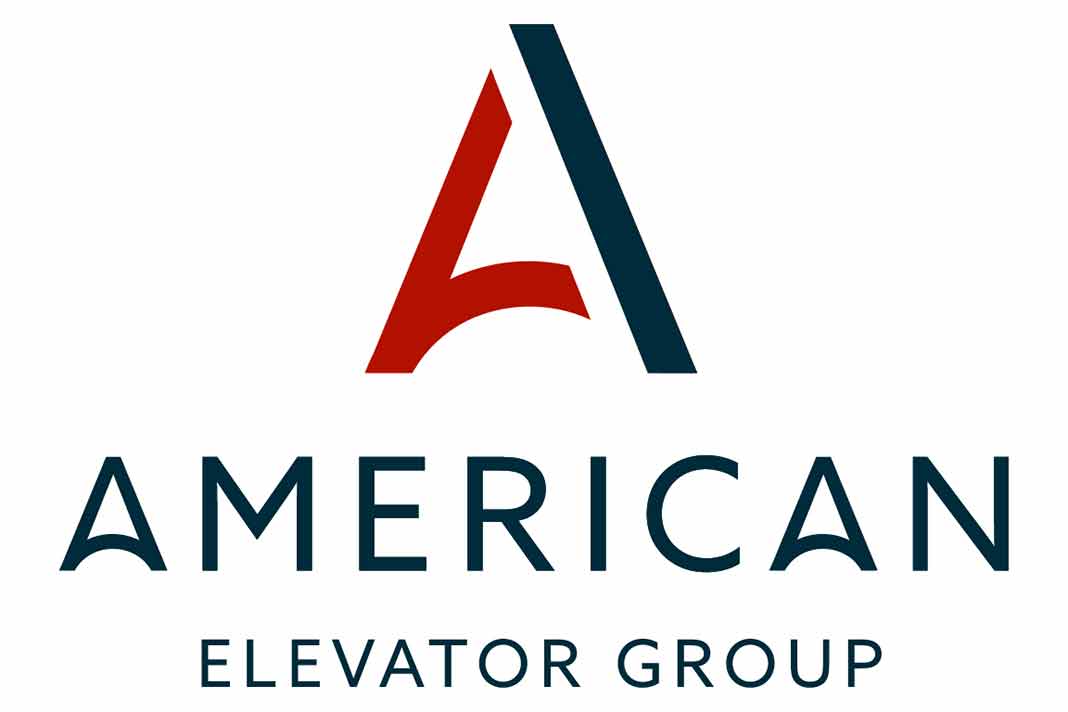This article discusses expert opinions on elevator filtration systems, choosing an appropriate solution, and maintenance scheduling.
by Eric Lazear, VP of Business Development, American Elevator Group
As the workforce gradually returns to the office or adapts to a hybrid model, air quality still remains top of mind for many people. Air filtration has gained interest as a strategy to combat the spread of current and future variations of COVID-19 in light of shifting mask mandates. A recent study from Honeywell showed that 72% of workers surveyed worldwide worry about air quality in their office buildings, and 62% said they would consider leaving their job if employers couldn’t demonstrably take steps to improve air quality. The healthy building movement, including benchmarks for improvement set by the EPA, is changing how developers plan for ventilation in new buildings, from apartments to condos, multi-family units, commercial buildings, and more.
With so many factors and concerns at play, a property owner or manager may wonder how to choose the best air quality technology or solutions for their building. Communicating with tenants and visitors is a good starting point for determining the best air quality technology for your building. An air quality survey can help building management understand tenants’ and visitors’ concerns and needs, as well as demonstrate that the building is taking a proactive approach to air quality improvement.
One area often cited by workers as a concern is air quality within elevator cabs. Experts agree that airborne viruses are more contagious over longer periods of exposure. Elevator rides are relatively short, which means that the risk of transmission directly from other people is smaller than, for example, working for hours in a shared office space without the use of masks.
However, the CDC still recommends that office buildings add supplemental air ventilation or local air treatment devices to elevator cabs to protect riders from COVID-19. Ventilation and filtration in small, shared spaces has been increasingly recognized as a factor in curbing the spread of airborne illnesses, which the Biden administration recently recognized with the Clean Air in Buildings Challenge. Many people remain concerned about the shared air they breathe in these spaces as well as having to touch its surfaces. Commercial real estate builders and facility managers should consider the air quality and technology options that can increase airflow supply, while filtering and sanitizing the air. Elevator service providers can help advise building managers on which solutions will work best for a given elevator type and cab design.
Air purification inside the elevator cab can be achieved with solutions that utilize UV-C light or ozone. Some of these devices can eliminate more than 99% of germs and viruses, and can be programmed to run automatically. Advantages of these solutions include ease of installation, high-efficiency air filtration systems, UV-C-irradiation, and continual airflow recycling. Another simple approach to improving air quality in an elevator cab is by installing a HEPA-grade filter unit to replace the current exhaust fan. This helps to circulate filtered air into the cab and purify contaminated air, using existing power systems and without requiring any major modifications.
According to Joseph Allen, DSc, MPH, associate professor and director of the Healthy Buildings Program at Harvard T.H. Chan School of Public Health, and co-author of the book Healthy Buildings, improving building air quality has another key benefit in addition to curbing the spread of COVID-19 and other infectious diseases. He states: “. . .good indoor air quality also improves employee cognitive function, which flows directly to the bottom-line performance of businesses.” For building and property managers, there’s an added value in making life easier for the facilities and cleaning teams, as these systems continuously clean the air as well as reduce germs and viruses on the interior surfaces inside the elevator. The purifying system can be programmed to be triggered by people entering the cab, or set at specific time intervals – reducing the need for rigorous, manual cleaning schedules.
In summary, investments in elevator air quality solutions can improve public health and job performance, as well as strengthen the relationships with building occupants who care about air quality as part of their overall health and well-being. Finding the right solution can make a major, long-term difference.

Eric Lazear is VP of Business Development at American Elevator Group (AEG), where he manages sales and business development programs across the AEG network of companies. With more than 40 years of solid experience in sales and operations, Lazear offers a practical perspective on elevator lifecycle management and cost-effectiveness to building and facilities managers.

AEG’s mission includes investing in its people; never compromising on safety; sharing knowledge; and being a force for good.
Scott Ellyson, CEO of East West Manufacturing, brings decades of global manufacturing and supply chain leadership to the conversation. In this episode, he shares practical insights on scaling operations, navigating complexity, and building resilient manufacturing networks in an increasingly connected world.